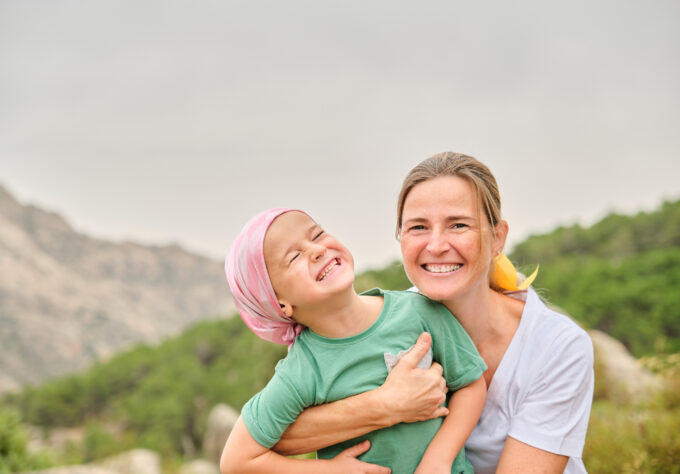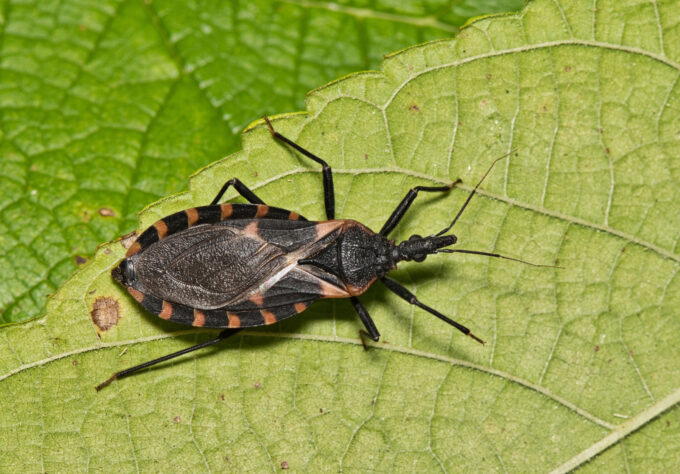Pregnancy nausea is a common symptom and it’s usually called morning sickness. But when is it something more serious? An “hg pregnancy” refers to hyperemesis gravidarum, a pregnancy complication characterized by severe nausea, vomiting, and dehydration. This condition is more intense than typical morning sickness. The difference between morning sickness and hyperemesis gravidarum (often just called “hyperemesis”) mainly comes down to severity and impact, but it can have an impact — on both mother and baby. It’s rare, but your doctor can help. What is morning sickness? Morning sickness is extremely common in that it affects up to 70–80% of pregnancies. It usually starts at around 4–6 weeks and eases by about 12–14 weeks. The symptoms are mild to moderate nausea, sometimes with occasional vomiting. It may be uncomfortable, but most people can still eat, drink, and maintain hydration. Most expectant parents treat it at home with diet adjustments (small […]











